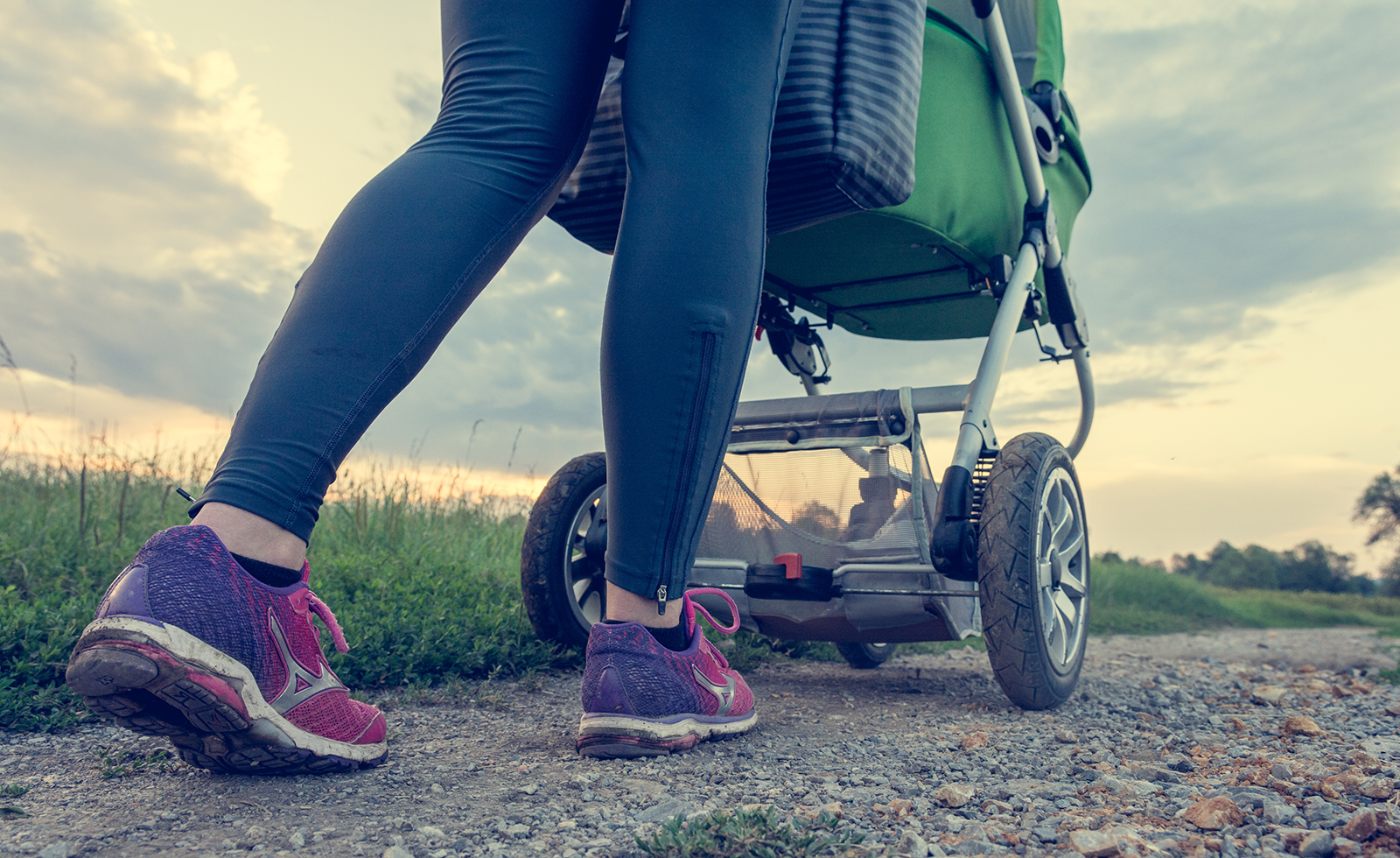By Rathika “Rinku” Bhakta, PT, DPT
As wild as statistics go, 25% of women experience stress urinary incontinence as a result of some sort of pelvic floor dysfunction. This includes the huge change that occurs in your body, namely to the pelvic floor, during pre- and post-partum. Stress urinary incontinence occurs when there is an increase of pressure in the belly that can cause some urine to leak out. You may experience this when going on a run. Or lifting some weights; or rather, a car seat, and noticing some leakage. This may even look like completing some squats and feeling a little bit of urine escape. Sound familiar?
After a huge change to your pelvic floor occurs, such as developing a baby and then giving birth, the pelvic floor may sometimes weaken or not be able to tolerate the everyday changes in abdominal pressure that your body may produce. The pressure within your abdomen changes with numerous things such as getting up out of a chair or running a marathon, or wherever on the spectrum of athleticism you reside.
Olympian Allyson Felix recently did a powerful cover shoot where she proudly wore her medals as well as proudly owning her c-section scar. Allyson Felix, has reported undergoing pelvic floor physical therapy in order to return to high level activity following pregnancy. The changes that ones’ body undergoes pre- and post-partum can also include separation of the abdominal musculature, also known as diastasis recti. Regulating abdominal pressure can be crucial in order to avoid further separation of the abdominals. Olympian or not, this can be a crucial thing to learn to control in order to return to everyday activity, whatever that may look like for you.
Take Back Control of Your Bladder, and Your Life!
Interestingly, and not surprising at all, urinary incontinence will negatively affect exercise participation for 1 in 2 women. Let me restate that: 50% of women will not participate in exercise because of urinary incontinence. Luckily enough, physical therapists are able to find dysfunctions or the reasons why you may be experiencing some urinary incontinence. We can help you attack the discomfort or the ailment that you face, head on. We can actually use movement, specifically tailored to you, to help you get back to exercising or any other goal you may have.
Sneezing, laughing, coughing, getting in and out of a chair, jumping, running, and lifting weights can be done without urinary incontinence or discomfort. Wild concept, right? Here are a couple key things you can do in order to begin the process of correcting this issue:
- Get to know your breathing, and try not to hold your breath as you are moving. A big fault that we see, is that pressure in our belly builds when we hold our breath. As a tip, try to breathe out as you move.
- Another tip to get you started would be to cue in your deep abdominals. There is a muscle that spans from one side of your hip bone, to the other. Activate that muscle, think as if you are buttoning a tight pair of pants. The goal is not to push your belly out, but rather bring your belly button gently towards your spine while breathing evenly.
Physical therapists can answer a myriad of questions, find the WHY, implement a plan of action, and help you reach your goals while getting you back to the things that you love to do! Learn more about Spooner’s Women’s Health Specialty Practice and schedule an appointment or complimentary assessment today!

